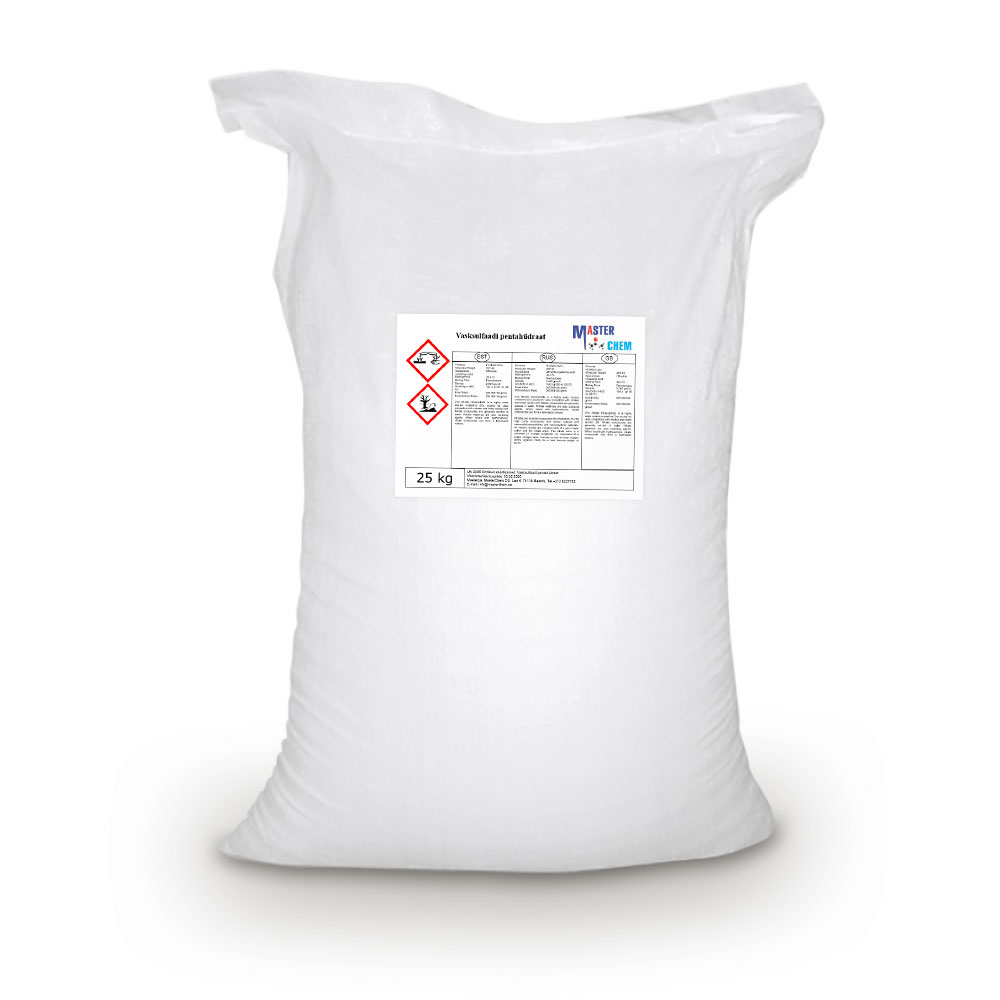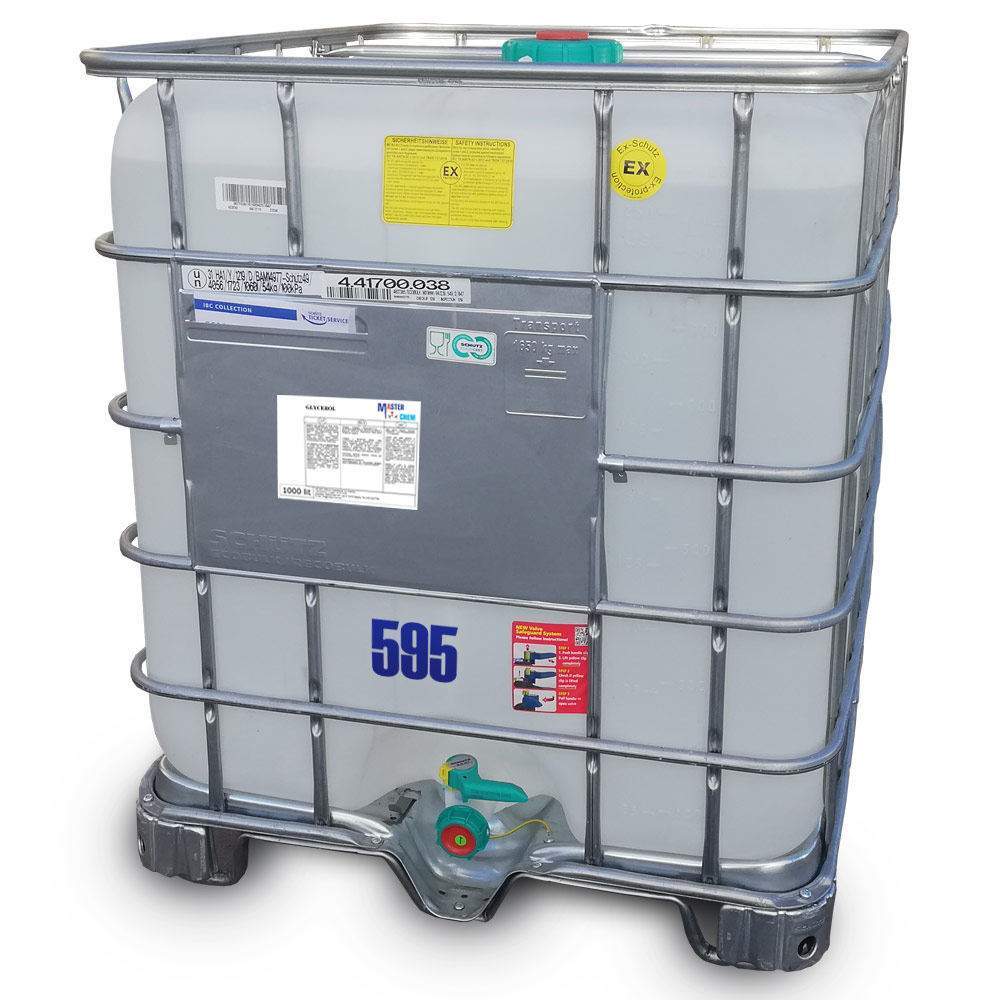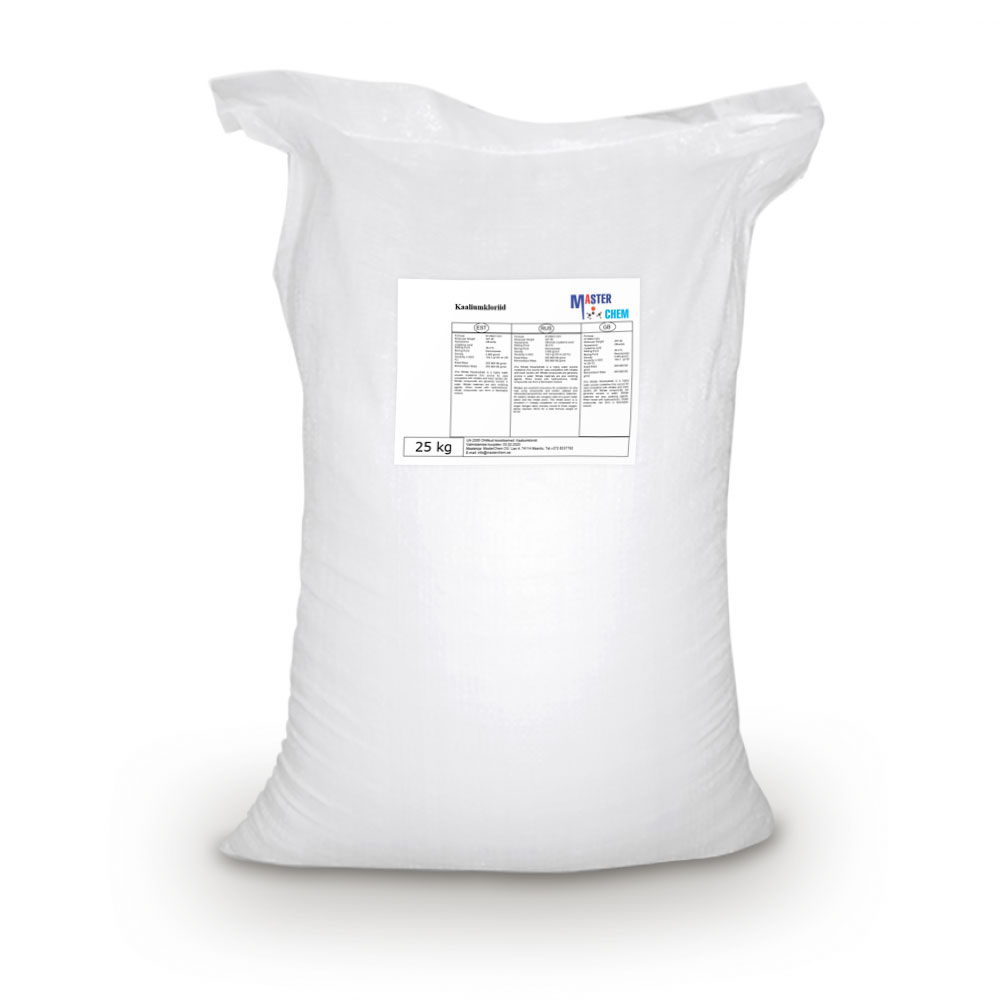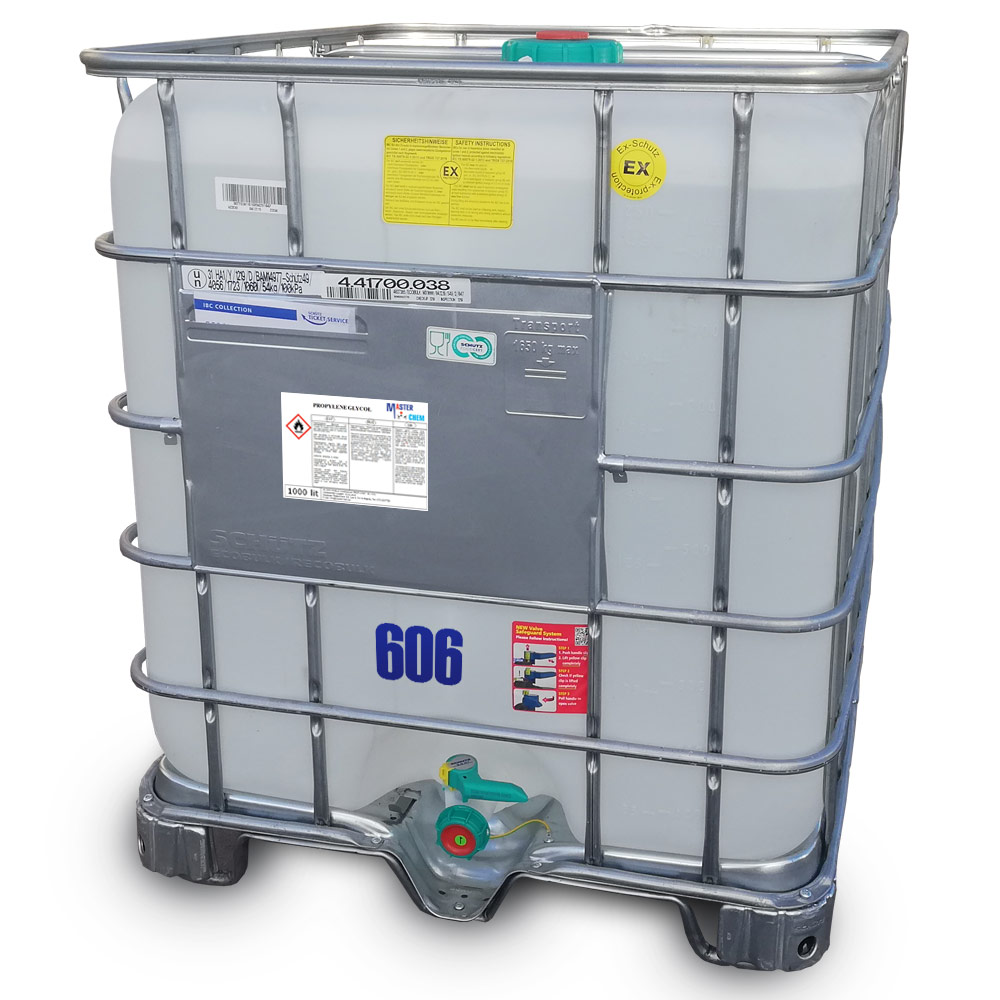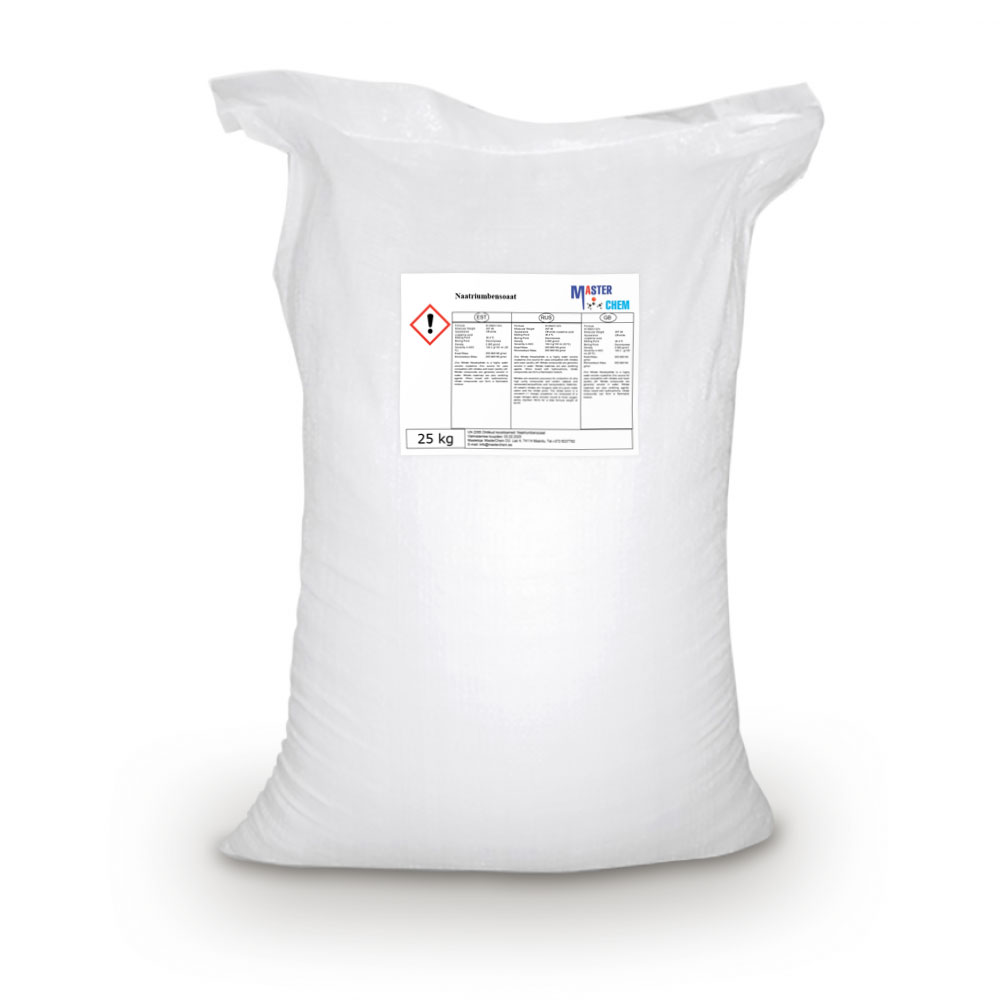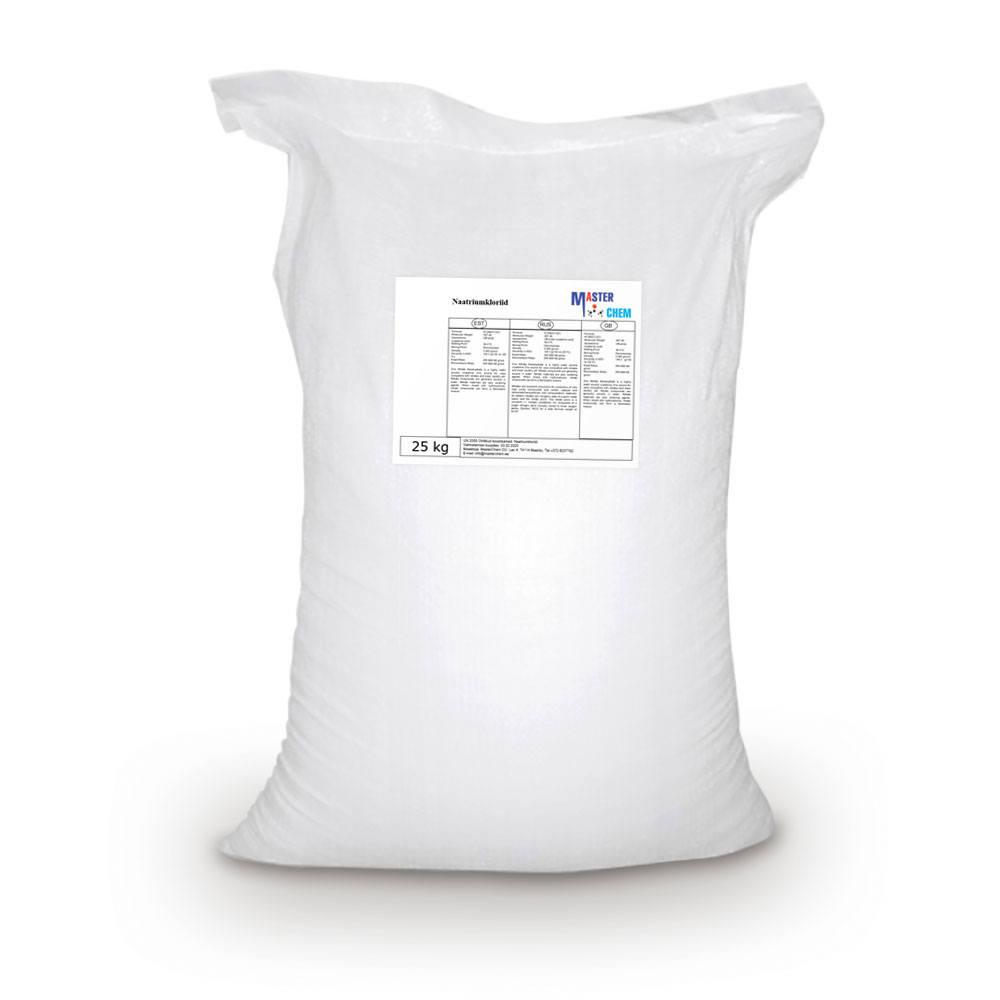Currently Empty: €0.00
Calcium Phosphate Monohydrate (CAS 7758-23-8)
Calcium Phosphate Monohydrate (CAS 7758-23-8)
Monocalcium phosphate is an inorganic compound with the chemical formula Ca(H2PO4)2 (“AMCP” or “CMP-A” for anhydrous monocalcium phosphate). It is commonly found as the monohydrate (“MCP” or “MCP-M”), Ca(H2PO4)2·H2O. Both salts are colourless solids. They are used mainly as superphosphate fertilizers and are also popular leavening agents.
Other names
Acid calcium phosphate
Calcium acid phosphate
Calcium diorthophosphate
Calcium biphosphate
Calcium superphosphate
Monobasic calcium phosphate
Monocalcium orthophosphate
Phosphoric acid, calcium salt (2:1)
Copper Sulphate Pentahydrate (CAS 7758-99-8)
Copper Sulphate Pentahydrate (CAS 7758-99-8)
Copper(II) sulfate, also known as copper sulphate, are the inorganic compounds with the chemical formula CuSO4(H2O)x, where x can range from 0 to 5. The pentahydrate (x = 5) is the most common form. Older names for this compound include blue vitriol, bluestone, vitriol of copper, and Roman vitriol.
The pentahydrate (CuSO4·5H2O), the most commonly encountered salt, is bright blue. It exothermically dissolves in water to give the aquo complex [Cu(H2O)6]2+, which has octahedral molecular geometry. The structure of the solid pentahydrate reveals a polymeric structure wherein copper is again octahedral but bound to four water ligands. The Cu(II)(H2O)4 centers are interconnected by sulfate anions to form chains. Anhydrous copper sulfate is a light grey powder.
Glycerin (CAS 56-81-5)
Other names: glycerin, glycerin, propanetriol, 1,2,3-trihydroxypropane, 1,2,3-propanetriol
Glycerin, also called glycerol, is a simple polyol compound. It is a viscous, colorless and odorless liquid, with a sweet taste and non-toxic. The glycerin backbone is found in lipids known as glycerides. Because it has antimicrobial and antiviral properties, it is widely used in FDA-approved wound and burn treatments. On the contrary, it is also used as a bacterial culture medium. It can be used as an effective marker to measure liver disease. It is also widely used as a sweetener in the food industry and as a humectant in pharmaceutical formulations. Due to the presence of three hydroxyl groups, glycerin is miscible with water and is hygroscopic in nature.
CAS: 56-81-5
Potassium chloride (CAS 7447-40-7)
Potassium chloride (CAS 7447-40-7)
Potassium chloride (KCl, or potassium salt) is a metal halide salt composed of potassium and chlorine. It is odorless and has a white or colorless vitreous crystal appearance. The solid dissolves readily in water, and its solutions have a salt-like taste. Potassium chloride can be obtained from ancient dried lake deposits. KCl is used as a fertilizer, in medicine, in scientific applications, and in food processing, where it may be known as E number additive E508.
As a chemical feedstock, it is used for the manufacture of potassium hydroxide and potassium metal. It is also used in medicine, lethal injections, scientific applications, food processing, soaps, and as a sodium-free substitute for table salt for people concerned about the health effects of sodium.
It is used as a supplement in animal feed to boost the potassium level in the feed. As an added benefit, it is known to increase milk production.
It is sometimes used in solution as a completion fluid in petroleum and natural gas operations, as well as being an alternative to sodium chloride in household water softener units.
Propylene glycol (CAS 57-55-6)
Other names: Propylene glycol, 1,2-propylene glycol, propane-1,2-diol
Propylene glycol (specifically 1,2-propylene glycol; chemical name propane-1,2-diol) is a chemical substance diols. Its chemical formula is C3H8O2 o HO–CH2–CHOH–CH3.
The substance is used, for example, in aircraft aviation to protect the fuselage from icing and in food as a moisture preservative. (E1520).
CAS: 57-55-6
Sodium benzoate (CAS 532-32-1)
Sodium benzoate (CAS 532-32-1)
Sodium benzoate is the sodium salt of benzoic acid, widely used as a food preservative and pickling agent. A white crystaline chemical with the formula C6H5COONa, it has an E number of E211. It can be produced by reacting sodium hydroxide with benzoic acid.
Sodium benzoate is produced by the neutralization of benzoic acid, which is itself produced commercially by partial oxidation of toluene with oxygen.
Many foods are natural sources of benzoic acid, its salts (such as sodium benzoate), and its esters. Fruits and vegetables can be rich sources, particularly berries such as cranberry and bilberry. Other sources include seafood, such as prawns, and dairy products.
Sodium chloride [rock salt] (CAS 7647-14-5)
Sodium chloride [rock salt] (CAS 7647-14-5)
Sodium chloride /ˌsoʊdiəm ˈklɔːraɪd/, commonly known as salt (although sea salt also contains other chemical salts), is an ionic compound with the chemical formula NaCl, representing a 1:1 ratio of sodium and chloride ions. With molar masses of 22.99 and 35.45 g/mol respectively, 100 g of NaCl contains 39.34 g Na and 60.66 g Cl. Sodium chloride is the salt most responsible for the salinity of seawater and of the extracellular fluid of many multicellular organisms. In its edible form of table salt, it is commonly used as a condiment and food preservative. Large quantities of sodium chloride are used in many industrial processes, and it is a major source of sodium and chlorine compounds used as feedstocks for further chemical syntheses. A second major application of sodium chloride is de-icing of roadways in sub-freezing weather.
Sodium chloride [salt tablets] (CAS 7647-14-5)
Sodium chloride [salt tablets] (CAS 7647-14-5)
Sodium chloride /ˌsoʊdiəm ˈklɔːraɪd/, commonly known as salt (although sea salt also contains other chemical salts), is an ionic compound with the chemical formula NaCl, representing a 1:1 ratio of sodium and chloride ions. With molar masses of 22.99 and 35.45 g/mol respectively, 100 g of NaCl contains 39.34 g Na and 60.66 g Cl. Sodium chloride is the salt most responsible for the salinity of seawater and of the extracellular fluid of many multicellular organisms. In its edible form of table salt, it is commonly used as a condiment and food preservative. Large quantities of sodium chloride are used in many industrial processes, and it is a major source of sodium and chlorine compounds used as feedstocks for further chemical syntheses. A second major application of sodium chloride is de-icing of roadways in sub-freezing weather.
Showing all 8 results


